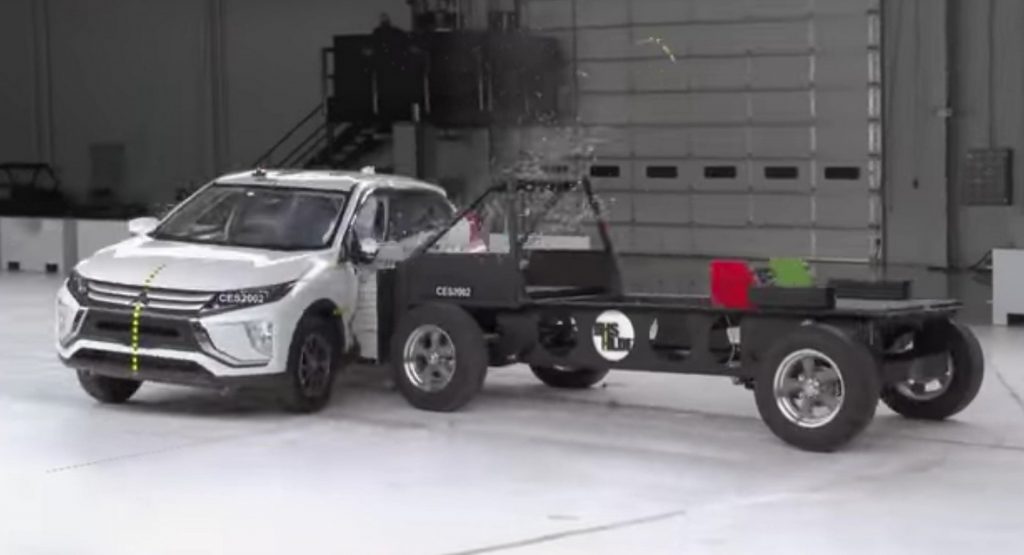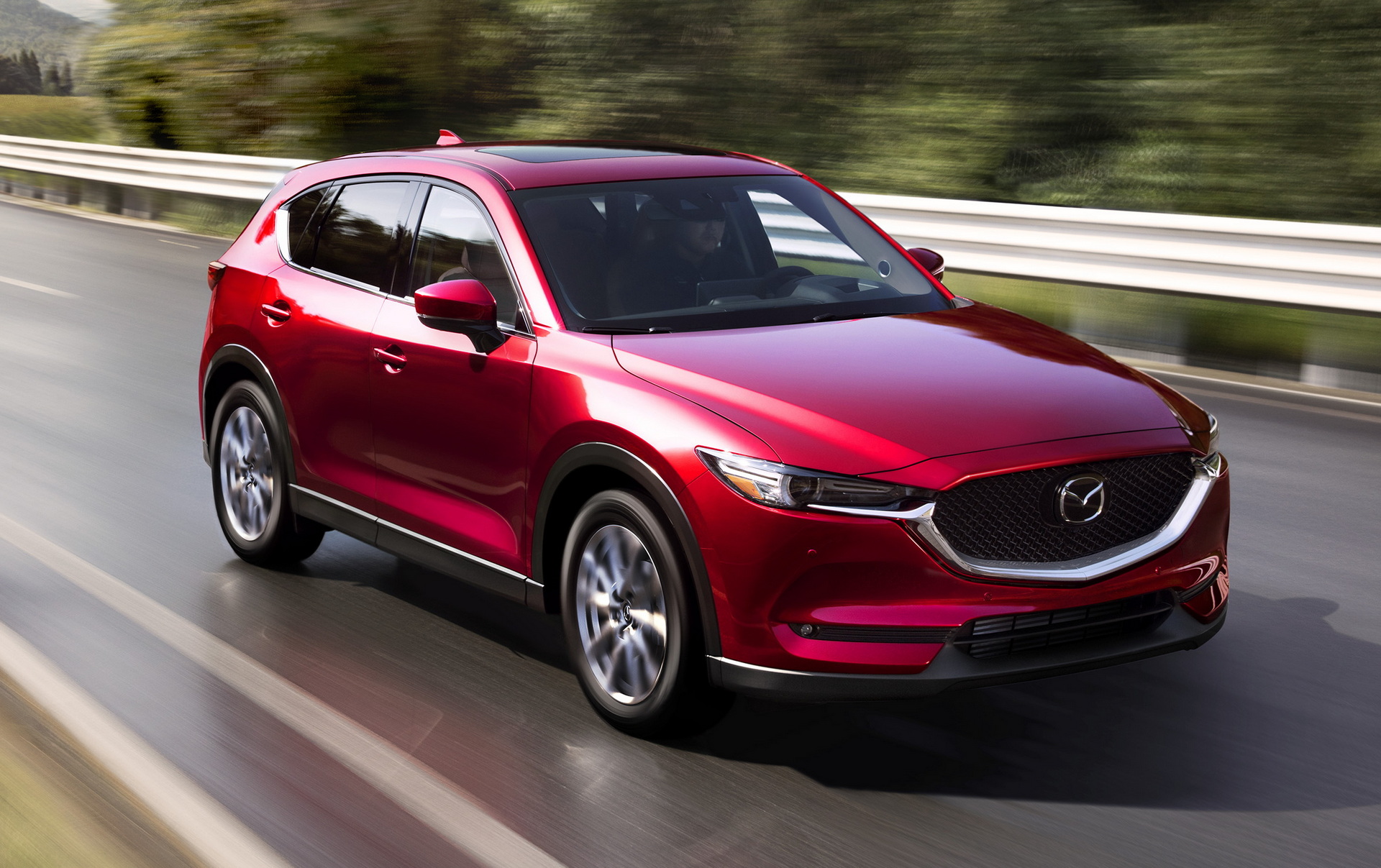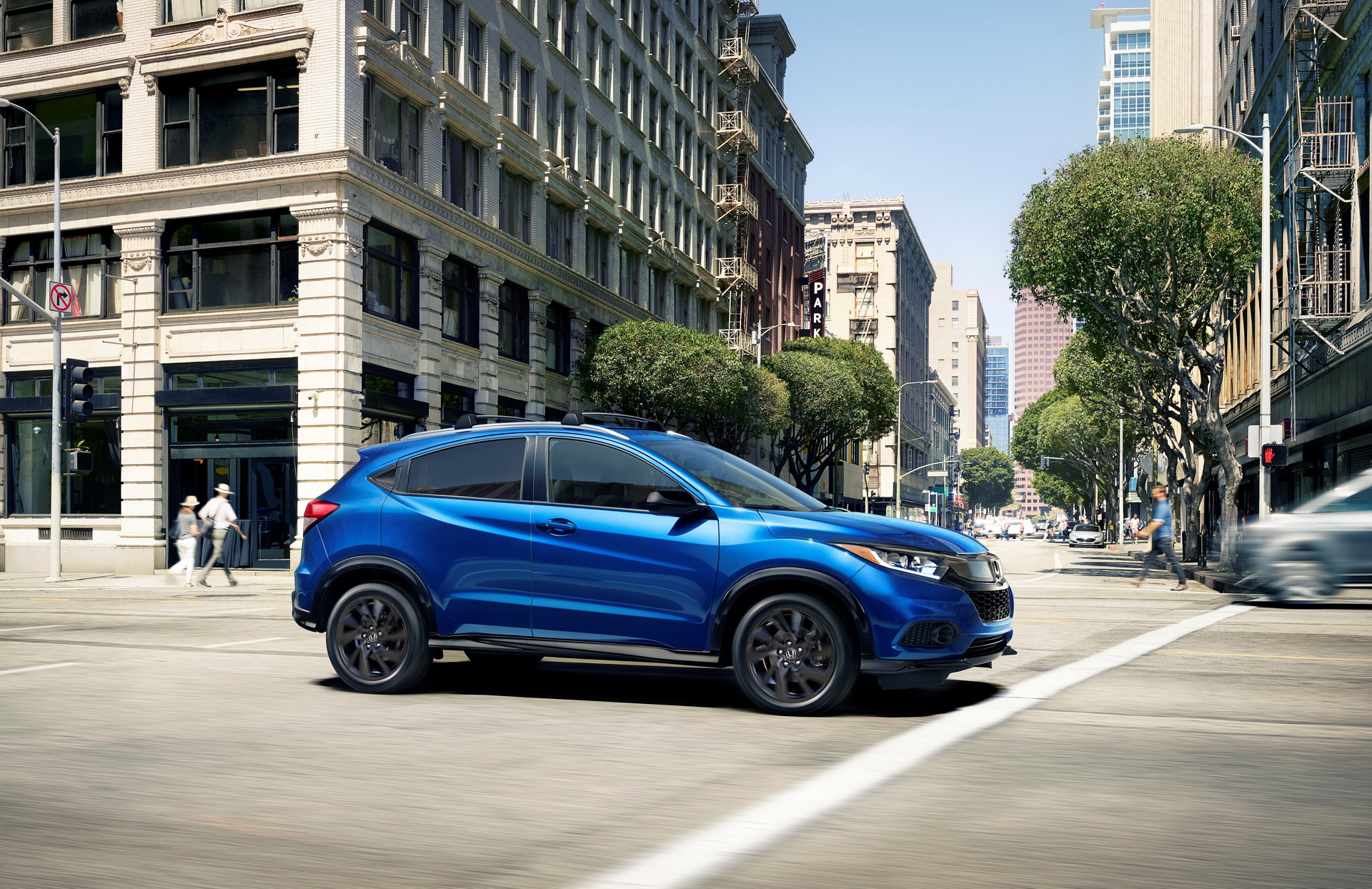The Insurance Institute for Highway Safety (IIHS) announced today that it is introducing a new, tougher side crash test to address accidents that continue to cause fatalities on American roads. According to the IIHS, in the first tests, only one out of 20 small SUVs earned a “good” rating in the new test.
The Mazda CX-5 is the only vehicle tested that earned a “good” rating despite all 20 having been rated as “good” under the old side-impact crash test.
Per the IIHS, the Audi Q3, Buick Encore, Chevrolet Trax, Honda CR-V, Nissan Rogue, Subaru Forester, Toyota RAV4, Toyota Venza and Volvo XC40 all earned “acceptable” ratings.
The Chevrolet Equinox, Ford Escape, GMC Terrain, Hyundai Tucson, Jeep Compass, Jeep Renegade, Kia Sportage, and Lincoln Corsair, meanwhile, earned “marginal” ratings. And finally, the Honda HR-V and Mitsubishi Eclipse Cross were rated as “poor”.
Read Also: AAA Says You Shouldn’t Rely Too Much On Your Car’s Advanced Driver Aid Systems In The Rain
“We developed this new test because we suspected there was room for more progress, and these results confirm that,” IIHS President David Harkey says. “The good rating for the CX-5 shows that robust protection in a more severe side crash is achievable.”
When the first-generation side crash test was introduced in 2003, the IIHS reports that only one in five models earned a good rating. Progress through the years, though, has saved lives. A 2011 study of a decade’s worth of crash data found that the driver of a vehicle with a “good” side rating is 70 percent likelier to survive a left-side crash than the driver of a vehicle with a “poor” rating.
Side impacts still accounted for 23 percent of passenger vehicle occupant deaths in 2019, though, so progress was necessary. The updated test now uses a 4,180 lb (1,896 kg) barrier that is designed to mimic a midsize SUV. The test now also runs at 37 mph (60 km/h) instead of the previous test’s 3,300 lb (1497 kg) barrier that ran at 31 mph (50 km/h). Together, they mean test vehicles are subjected to 82 percent more energy.
The surface of the crash barrier has also been changed to deform more like the front of a real SUV or pickup truck. That’s important because although many of the small SUVs tested had B-pillars strong enough to survive the impact, the barrier can deform around it and enter the occupant space through the doors.
To adapt, the IIHS suggests that manufacturers will have to strengthen the horizontal door beams to reduce intrusions that can impact the head and torso of occupants. In the new test, the vehicle with the worst side structure performance, the Honda HR-V, allowed the side of the vehicle to crush inward almost to the center of the driver’s seat. But weaknesses were exposed in different areas across different vehicles.
“There’s no single reason why so many side crashes still result in fatalities, but these results provide a roadmap for specific improvements that can save lives,” said IIHS Senior Research Engineer Becky Mueller. “Obviously, these results aren’t great, but they’re in line with what we expected when we adopted this more stringent test.”
For now, all ratings for the original and updated tests will be published together and the IIHS will not strip any vehicles of their Top Safety Pick or Top Safety Pick+ status as a result of the new test. In 2023, though, when the award criteria are updated, vehicles will need to perform well in the test to earn the top ratings. Visit the IIHS website to see how all 20 vehicles performed under the new test conditions.






